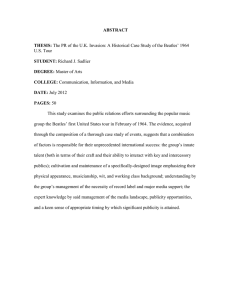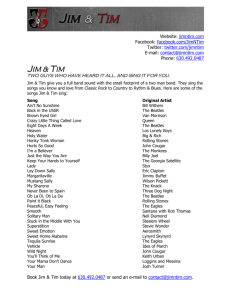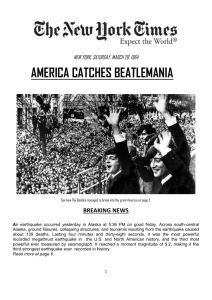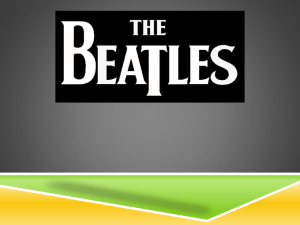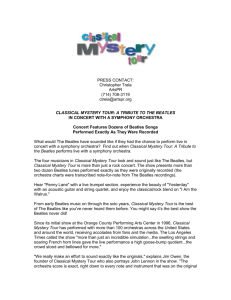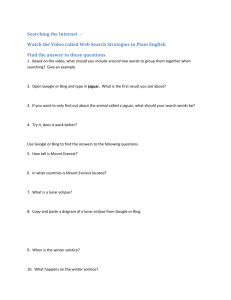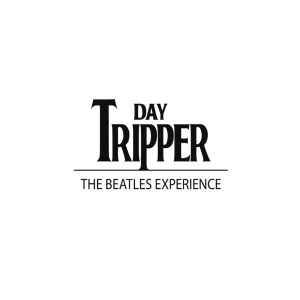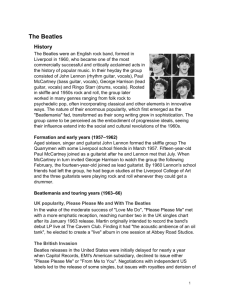74KB - NZQA
advertisement
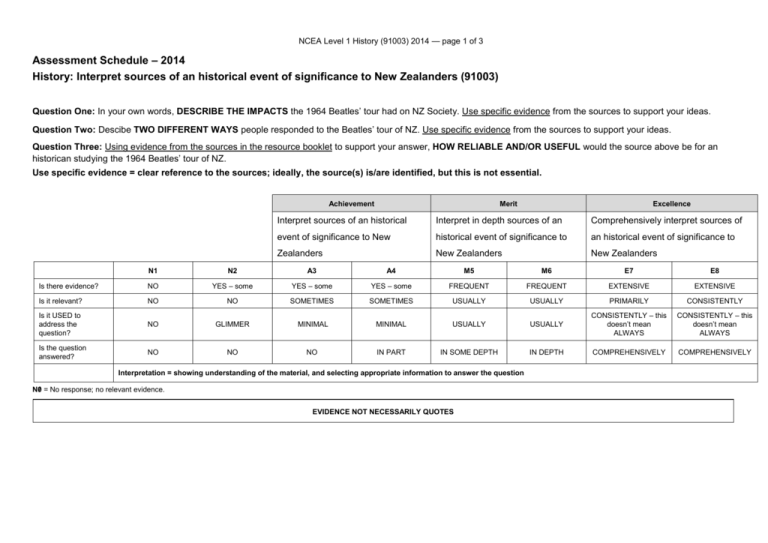
NCEA Level 1 History (91003) 2014 — page 1 of 3 Assessment Schedule – 2014 History: Interpret sources of an historical event of significance to New Zealanders (91003) Question One: In your own words, DESCRIBE THE IMPACTS the 1964 Beatles’ tour had on NZ Society. Use specific evidence from the sources to support your ideas. Question Two: Descibe TWO DIFFERENT WAYS people responded to the Beatles’ tour of NZ. Use specific evidence from the sources to support your ideas. Question Three: Using evidence from the sources in the resource booklet to support your answer, HOW RELIABLE AND/OR USEFUL would the source above be for an historican studying the 1964 Beatles’ tour of NZ. Use specific evidence = clear reference to the sources; ideally, the source(s) is/are identified, but this is not essential. Achievement Merit Excellence Interpret sources of an historical Interpret in depth sources of an Comprehensively interpret sources of event of significance to New historical event of significance to an historical event of significance to Zealanders New Zealanders New Zealanders N1 N2 A3 A4 M5 M6 E7 E8 Is there evidence? NO YES – some YES – some YES – some FREQUENT FREQUENT EXTENSIVE EXTENSIVE Is it relevant? NO NO SOMETIMES SOMETIMES USUALLY USUALLY PRIMARILY CONSISTENTLY Is it USED to address the question? NO GLIMMER MINIMAL MINIMAL USUALLY USUALLY CONSISTENTLY – this doesn’t mean ALWAYS CONSISTENTLY – this doesn’t mean ALWAYS Is the question answered? NO NO NO IN PART IN SOME DEPTH IN DEPTH COMPREHENSIVELY COMPREHENSIVELY Interpretation = showing understanding of the material, and selecting appropriate information to answer the question N0/ = No response; no relevant evidence. Question Two EVIDENCE NOT NECESSARILY QUOTES NCEA Level 1 History (91003) 2014 — page 2 of 3 Possible Content: Question One: Impacts on NZ Society Cultural shift – placing the tour in context of shift and time of change with change of values The tour can also be seen as a watershed – that in many people’s eyes, things were different afterwards Contributes to the emergence of subcultures and greater individualisation in some respects with spread of new cultural and social ideas; however, also saw more calls for people to follow trends and fashion Changes in the use of the police – not had to be used in this manner, testing time for them Caused rifts and division, eg Auckland Council and mayoral welcome Change in fashion, with younger people wearing new styles of clothes and pushing boundaries Change in style of music being listened to and played, eg Ray Columbus, etc change sound Appearance of generation gap – adults not understand their children, their ideas, etc Worth rewarding things like – notion that some impacts were immediate but others more significant – emerged afterwards Perhaps the contrast with the Vienna Boys Choir could be made (eg they got a civic reception in Auckland and in Wellington, according to The Herald, they outsold the Beatles (so perhaps civilization is not doomed) Question Two: Different Responses to the Tour Youth Response: adulation of a music group – never seen before growth of “groupies” – change in what young people were wearing to emulate the group, eg longer hair, etc idolisation of musicians and overexcitement – screaming, etc damage to public property through hysteria – breaking down of fence, damage to police motorbikes. Adult response/Auckland City Council: criticism too much pandering to the hysteria favouritism meted out to Beatles and other cultural groups that was not given to sporting groups see the Beatles as part of a trend/decline that started with “rock and roll” police forceful trying to shut down/protect the Beatles use of dogs. NOTE: Could validly discuss specific groups within that grouping – police, reporters/editors, city councillors (even named individuals – Sir Keith Park, Mr Robinson, etc.) NCEA Level 1 History (91003) 2014 — page 3 of 3 Question Three: Reliability and/or usefulness Reliability includes: eyewitness/primary evidence, so reliable IF it can be verified question when interview done – amount of time elapsed – has this impacted on memory – but corroboration with other sources suggests that the recollection is fairly accurate useful in that it gives us an idea of the behaviour of the crowds that we can corroborate with Sources B, C, and E that tell about events at Wellington airport tells us that people were injured – no other source indicates this, so would want to check that out and check accuracy of this Source F provides us with a photo that shows us the crowd outside the St George Hotel, so corroborates the claim that the thousands gathered and also shows us that people were on the verandahs, etc – but would want to check the claims about fears these would collapse – Source E provides corroboration Gives us an indication also of the behaviour of the crowds and starts to set the scene as to how people responded to the Beatles Overall, it gives us an account that can be largely backed up by the other sources so would be reliable and useful for an historian studying the Beatles tour – worth rewarding ability to distinguish that it would be of most use to social or cultural historians. Usefulness includes: another personal insight, adds weight of evidence to other sources – potential new line of inquiry – fear of injuries at the airport and claims of actual injuries further evidence of social changes taking place in NZ, the emerging youth culture, NZ teenagers becoming part of a global market (and a highly profitable industry) insight into the start of a youth market in fashion, music, entertainment evidence of the tensions between traditional and popular culture (sportspeople were “proper” focuses of celebration, not “bewigged” musicians).
